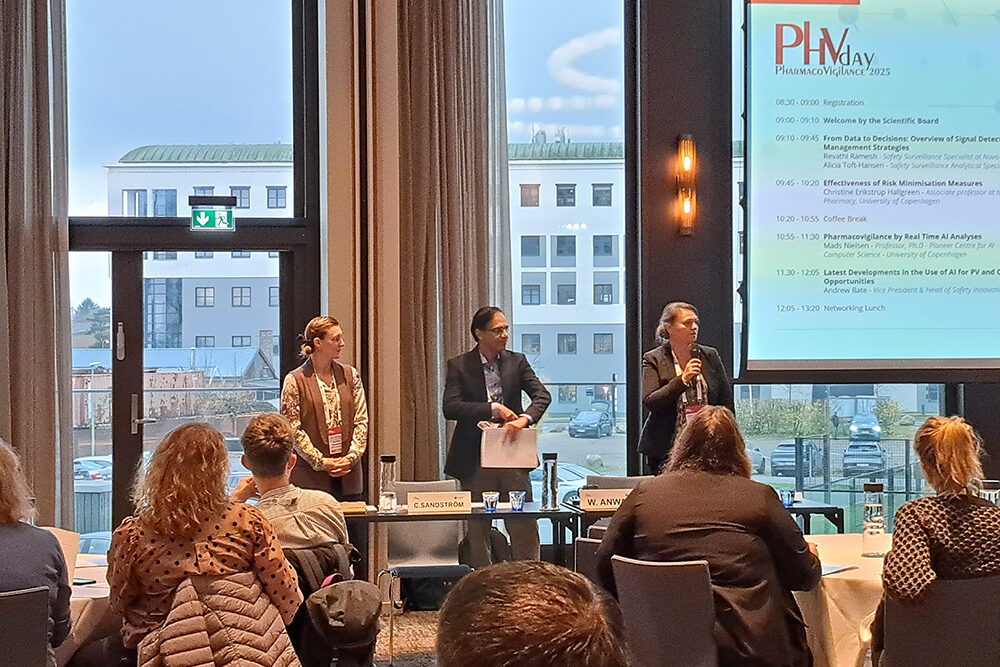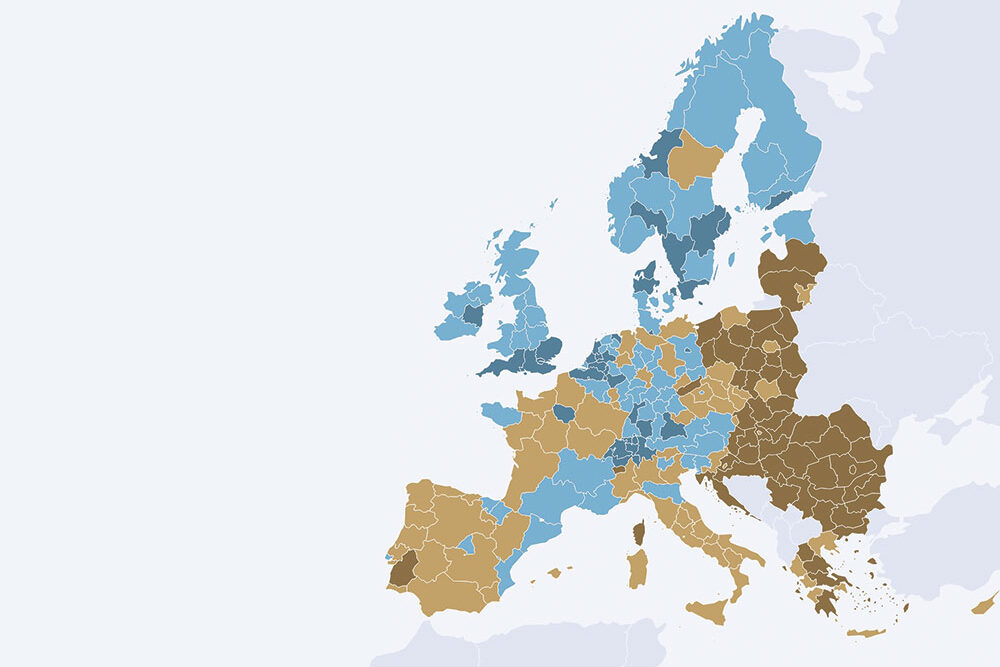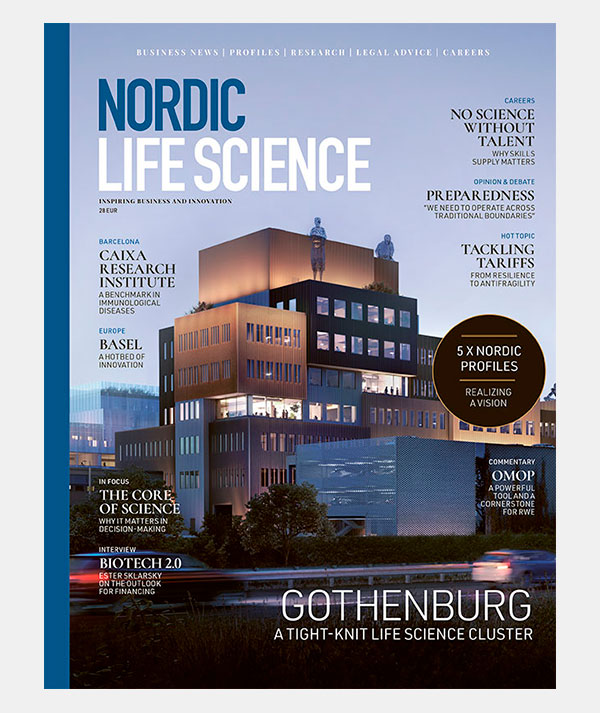Actionable Insights – The New Currency of Innovation

One of the most compelling trends in the life science sector today is the evolving role of data in decision-making processes. Life science companies are harnessing big data in ways that were once unimaginable, driven by technological advancements like AI, machine learning, and digital transformation. But as we look beyond 2025, it’s crucial to ask: How can these vast data resources be used to create actionable insights that lead to real-world impact?
The answer lies in “data-driven storytelling” – a concept gaining traction in the industry. By turning complex data into clear, engaging narratives, life science companies can foster deeper understanding among stakeholders, from R&D teams to investors, and ultimately guide decisions that drive innovation. This narrative approach helps make sense of the overwhelming amounts of data generated, by simplifying it into a compelling story that aligns with strategic goals. Such storytelling doesn’t just inform, it empowers decision-makers to act with clarity and precision, ensuring that every data point drives the right actions.
For example, SwedenBIO’s Life Science Barometer 2025 report reveals that concerns around funding and the global economy remain top of mind for industry executives. Companies are prioritizing R&D and innovation investments, with a strong emphasis on technological advancements. The report is a treasure trove of data for investors and political and business decision-makers who need to gauge the general direction of the industry, as well as see the development curve for specific issues and areas.
Transforming raw data into actionable insights requires more than just advanced analytics tools.
Transforming raw data into actionable insights requires more than just advanced analytics tools. It requires a cultural shift within organizations – a move from data collection for the sake of it to a focused effort on extracting meaningful patterns that can inform critical decisions. This evolution is evident in the report’s finding that companies are placing a greater emphasis on expertise in data science and analytics.
The data clearly shows that the demand for professionals with expertise in biotech, bioinformatics, and digital health solutions is intensifying, creating an ecosystem where data is not just a tool for analysis but a key driver of innovation. This reflects the growing activity at the intersection between technological innovation and healthcare solutions, underscoring the importance of skilled professionals who can navigate both realms effectively.
The life science industry is increasingly recognizing that data should not be siloed in specific departments or functions.
It is equally important for businesses to adopt a more integrated approach to their data strategy. The life science industry is increasingly recognizing that data should not be siloed in specific departments or functions. Instead, it should flow seamlessly between R&D, manufacturing, marketing, and business development teams to foster collaboration and drive holistic decision-making. As the Life Science Barometer suggests, cross-disciplinary collaboration and innovative business models will be essential to staying competitive in an increasingly globalized market.
Looking ahead, it’s clear that actionable insights will be the key to sustaining growth and navigating the complexities of the global market. The ability to transform data into intelligent decisions will define the next generation of life science companies. Whether it’s identifying the next breakthrough in cancer immunotherapy or creating more efficient manufacturing processes for biologic drugs, those organizations that can harness data effectively will be the ones that lead the charge.
About the author

Maja Neiman is Science Director at SwedenBIO, the national trade organization for life sciences in Sweden. SwedenBIO is a recurring columnist in NLS magazine. This column was originally published in NLS No 02 2025.
Published: May 19, 2025












